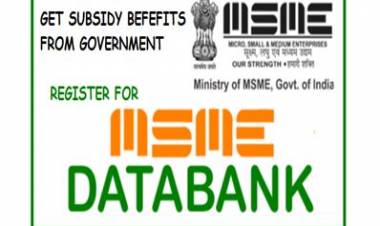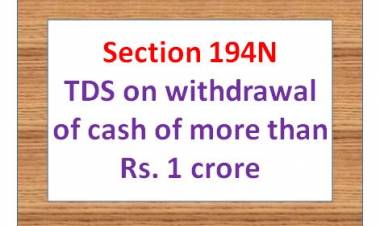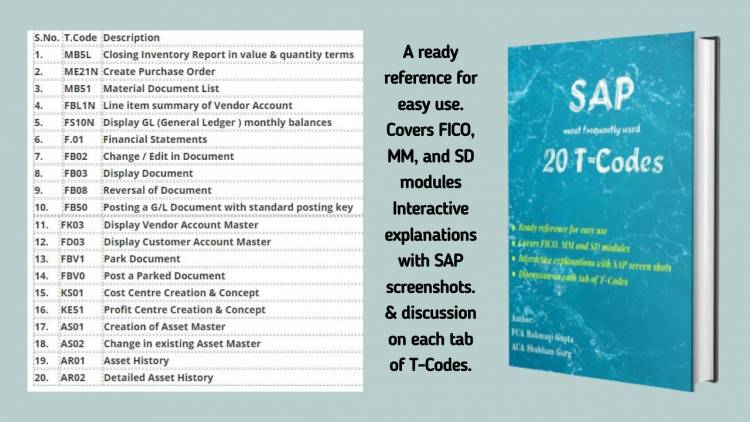Standard Operating Procedure (SOP) in case of non-filers of returns under CGST Act, 2017
Standard Operating Procedure (SOP) in case of non-filers of returns under CGST Act, 2017
What is Standard Operating Process?
A standard Operating Procedure is a step- by- step procedure followed in an organization for the purpose of carrying out complex work flow in a systematic manner.
But what was its requirement in GST. As we all know GST itself was launched up by our Government to make the process of tax payment simpler for the people, then what made the Government of India to take such step for simplification?
The answer to this is the loopholes in the CGST Act, 2017. As we all know that Indians are all known for their late determination of things and they are always wake up late to the known things also. So that’s where the flaw rises, in spite of being sufficient time given to the registered person only few of them are able to file their returns on time as per section 39 or section 44 or section 45 of CGST Act, 2017.
But what about the rest of the registered person?
Are they not liable to file any of returns if due dates once surpass?
“It is error alone which needs the support of government.”
So to this issue, for the purpose of attaining uniformity in furnishing of returns timely, the Board, has exercised its powers conferred by section 168(1) of the CGST Act, 2017 has issued Circular No. 129/48/2019-GST.
Any taxpayer who is likely to file returns, under section 39 or section 44 or section 45 as per CGST Act, 2017 , if fails to furnish it’s returns is referred to as “defaulter”. But through SOP for non-filers, now even defaulters can file their returns with some penalty.
So let us understand the guidelines of the above Circular as explicated below through an example:


General Points:
- For the purpose of assessment of tax liability u/s 62 of the CGST Act, the proper officer includes the following details in it:
- Outward supplies as per FORM GSTR-1 u/s 37
- Supplies auto populated in FORM GSTR-2A
- Information from e-way bills
- Any other information
- Information from inspection u/s 71
- In deserving cases, the Commissioner may resort to provisional attachment to protect revenue u/s 83 of the CGST Act before issuance of FORM GST ASMT-13.
- In case return has not been furnished u/s 29, the proper officer can also initiate cancellation for registration u/s 29(2) of the CGST Act.
So this is how any registered person can file its return even after the due date has been passed.
 Download APP
Download APP







































